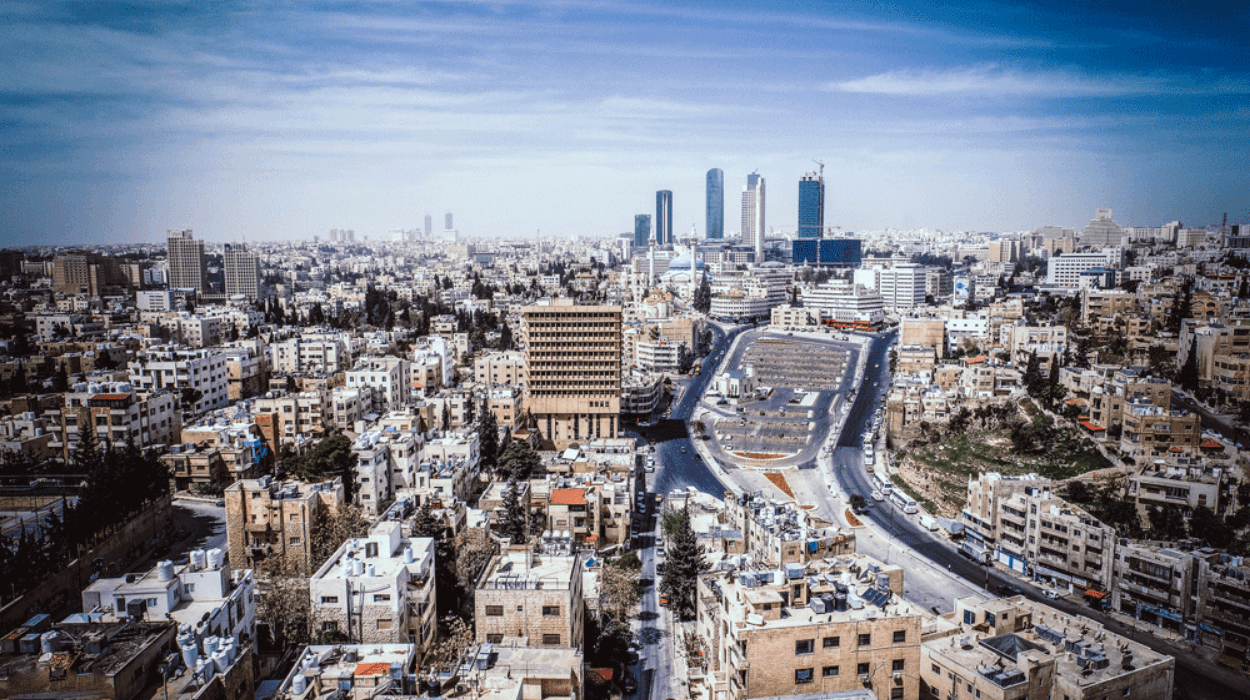Jordan’s government has prioritized social welfare and
economic development as complementary pillars to foster a resilient, inclusive
society and dynamic economy. Balancing social protection programs with
strategic economic growth initiatives, Jordan seeks to enhance the well-being
of its citizens while creating sustainable job opportunities and addressing
structural economic challenges. This article explores Jordan’s multifaceted
government strategies that underpin social welfare support and propel economic
development, analyzing the key frameworks, policies, and programs advancing
these goals.
National Social Protection Strategy: Framework and Pillars
The cornerstone of Jordan’s social welfare efforts is its
National Social Protection Strategy (NSPS), which aims to protect vulnerable
populations and enable economic participation. The NSPS consistently focuses on
three core pillars:
- Dignity:
Direct support to the most vulnerable groups through periodic cash and
in-kind assistance that lifts recipients above the poverty line.
- Empowerment:
Services targeting the middle class, including access to healthcare,
education, affordable housing, and transportation, sustaining workforce
productivity and quality of life.
- Opportunity:
Creating conditions for decent and sustainable job opportunities across
all sectors to ensure economic inclusion.
This strategy ensures a holistic social protection framework
by targeting poverty alleviation alongside individuals' empowerment and broader
economic participation.
Key Social Welfare Programs
Jordan’s social welfare is directly supported by robust
programs under its social protection umbrella:
- National
Aid Fund (NAF): The primary social assistance channel providing
continual cash and in-kind support to households below the poverty
threshold and people with disabilities. NAF's aid stabilizes households
during emergencies and supports over 220,000 families.
- Unified
Cash Transfer Program (formerly Takaful): Launched to assist the
working poor, especially those in informal sectors, this program provides
monthly monetary benefits to disadvantaged households, supplementing
contributory social insurance schemes.
- Social
Security Corporation (SSC): Administering social insurance for formal
workers, SSC covers approximately 65% of Jordan’s labor force, irrespective
of nationality, fostering inclusive protection for pensions, unemployment,
maternity benefits, and workplace injury compensation.
- Zakat
Fund: Administered by the Ministry of Awqaf Islamic Affairs and Holy
Places, this fund extends aid to families regardless of nationality who
are not beneficiaries of other social assistance programs.
Together, these institutions provide layered social support
across vulnerable populations, informal workers, and the workforce engaged in
formal employment.
Social Protection Coverage and Financing
Jordan’s government allocates substantial resources to
social protection, spending an amount equivalent to approximately 11.5% of its
GDP on social programs, including contributory and tax-financed assistance.
Contributory benefits dominate spending, primarily managed by the Social
Security Corporation and Ministry of Finance, while government-tax funded
programs like NAF have expanded rapidly to reach increasing numbers of
vulnerable households.
Social protection programs cover about 30% of Jordan’s
population, with focused attention on the bottom half of the income
distribution, achieving notable reach among lower-income groups. Despite these
efforts, coverage gaps persist among vulnerable subgroups, prompting continuous
policy refinements to improve targeting and expand inclusion.
Economic Development Blueprint: Jordan Vision 2025 and Beyond
Government economic development efforts are aligned with
medium- and long-term strategic frameworks emphasizing job creation, GDP
growth, and fiscal sustainability. The Jordan 2025 Vision, a 10-year
economic blueprint, sets an ambitious agenda aimed at revitalizing the economy
through structural reforms, sector diversification, and competitiveness
enhancement.
The plan seeks to progressively increase annual GDP growth
from a historical average near 3% to above 7% by 2025, coupled with eliminating
budget deficits and reducing public debt to more sustainable levels. This
comprehensive vision underscores the need to improve business climate, labor
market efficiency, and public institutional quality.
Cluster-based Growth and Sector Prioritization
Jordan 2025 emphasizes a cluster development approach,
concentrating investments and reforms on high-potential economic sectors such
as:
- Construction
and engineering
- Transport
and logistics
- Tourism
and events
- Healthcare
and life sciences
- Digital
and business services
- Educational
and financial services
Boosting these clusters aims to transform the industrial
composition, increasing agriculture, manufacturing, and construction
contributions to GDP while driving exports and regional trade integration.
Government Initiatives for Private Sector and Investment
To achieve Vision 2025’s targets, the government promotes
foreign direct investment and public-private partnerships, improving regulatory
frameworks and infrastructure. Mega-projects and innovation-driven
entrepreneurship are prioritized to broaden the economic base and create
quality employment, especially for youth and women, whose labor participation
the government aims to double.
Educational and skill development programs complement
economic strategies by enhancing workforce capabilities aligned with market
demands, while tax incentives and subsidies encourage private sector growth and
formalization of informal employment.
Integration of Social Welfare with Economic Goals
Jordan’s strategies explicitly connect social welfare
programs with economic objectives to promote inclusive growth. Social
protection mechanisms buffer the effects of poverty and economic shocks, while
empowerment initiatives underpin labor market readiness and opportunity creation.
Programs like the Unified Cash Transfer target the working
poor, marrying social assistance with incentives for work, thus supporting
livelihoods in both informal and formal sectors. Simultaneous emphasis on
education, healthcare, and transport services improves workforce productivity
and contributes to economic development.
Challenges and Policy Responses
Despite progress, Jordan faces persistent challenges
including high youth unemployment, informality in the workforce accounting for
about 40%, fiscal pressures from regional instability, and strain from hosting
large refugee populations. Poverty remains a critical issue, with a significant
share of households still living below the poverty line.
Government responses include increasing social protection
coverage, reforming targeting mechanisms, expanding job creation schemes, and
strengthening institutional governance. Economic modernization is underway to
enhance competitiveness and fiscal health, which are vital to sustaining social
spending and meeting developmental goals.
Jordan’s integrated government strategies in social welfare and economic development collectively address the dual imperative of ensuring social protection and building a vibrant economy. The National Social Protection Strategy and key welfare programs anchor social equity, while economic blueprints like Vision 2025 provide a roadmap for sustained growth and job creation. By linking social support with opportunities for economic participation, Jordan advances toward a more inclusive, resilient future that enhances the standard of living for all citizens.
